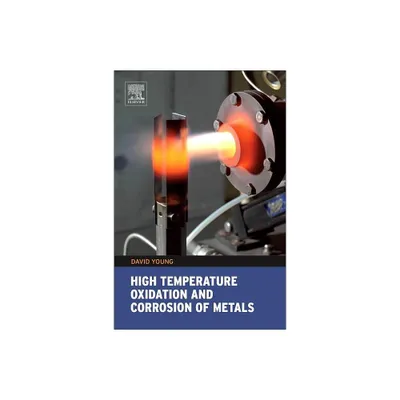Home
Frying of Food: Oxidation, Nutrient and Non-Nutrient Antioxidants, Biologically Active Compounds and High Temperatures, Second Edition / Edition 2
Loading Inventory...
Barnes and Noble
Frying of Food: Oxidation, Nutrient and Non-Nutrient Antioxidants, Biologically Active Compounds and High Temperatures, Second Edition / Edition 2
Current price: $82.99


Barnes and Noble
Frying of Food: Oxidation, Nutrient and Non-Nutrient Antioxidants, Biologically Active Compounds and High Temperatures, Second Edition / Edition 2
Current price: $82.99
Loading Inventory...
Size: OS
*Product Information may vary - to confirm product availability, pricing, and additional information please contact Barnes and Noble
Frying of Food
is the first reference to examine frying of food from the point of view of changes occurring to biologically-active constituents and the effects of such changes on the stability, performance and nutritive value of frying oil. It focuses on the nature of the frying media and discusses changes to non-glyceride components, especially nutritive and non-utritive antioxidants.
This important resource concentrates mainly on two factors that influence the deterioration of a fat at elevated temperatures: the nature of the heated fat and the presence of oxidation retardants, especially those naturally occurring in oils or obtained from natural sources. Discussions include important biologically active ingredients present in oils and fats (such as antioxidant vitamins and carotenoids) and minor constituents (such as phytosterols, phospholipids and hydrocarbons), which appear to affect the performance of a heated oil and/or may also be categorized as functional.
also discusses olar phenolic compounds, which have an impact on the stability of oils at high temperatures.
Food and lipid chemists, food technologists and product developers involved in the processing of foods by frying, and to those involved in fat and oil research, in quality assessment of heated fats, and in improving dietary fat intake profiles will find this book valuable.
is the first reference to examine frying of food from the point of view of changes occurring to biologically-active constituents and the effects of such changes on the stability, performance and nutritive value of frying oil. It focuses on the nature of the frying media and discusses changes to non-glyceride components, especially nutritive and non-utritive antioxidants.
This important resource concentrates mainly on two factors that influence the deterioration of a fat at elevated temperatures: the nature of the heated fat and the presence of oxidation retardants, especially those naturally occurring in oils or obtained from natural sources. Discussions include important biologically active ingredients present in oils and fats (such as antioxidant vitamins and carotenoids) and minor constituents (such as phytosterols, phospholipids and hydrocarbons), which appear to affect the performance of a heated oil and/or may also be categorized as functional.
also discusses olar phenolic compounds, which have an impact on the stability of oils at high temperatures.
Food and lipid chemists, food technologists and product developers involved in the processing of foods by frying, and to those involved in fat and oil research, in quality assessment of heated fats, and in improving dietary fat intake profiles will find this book valuable.


















